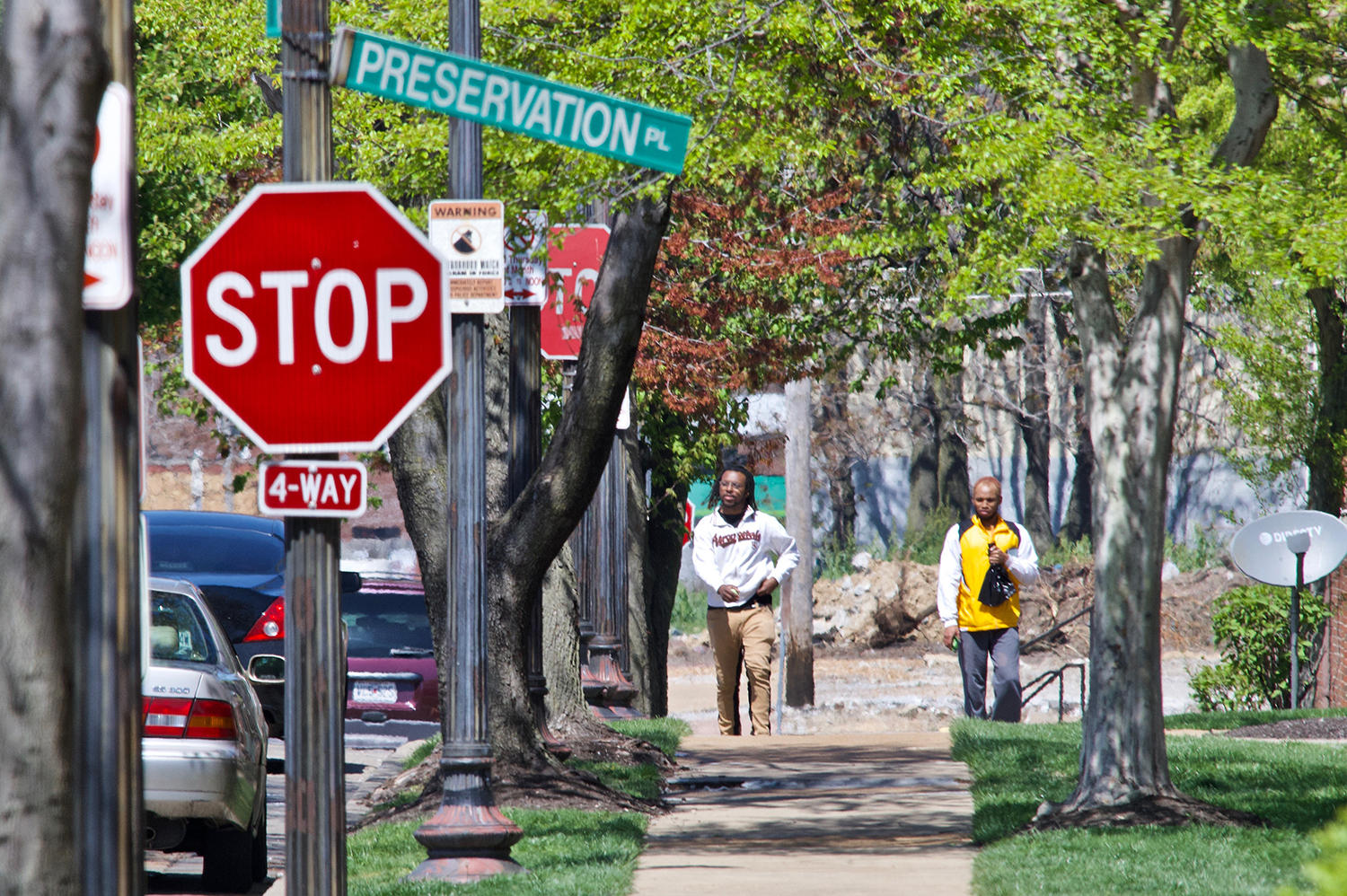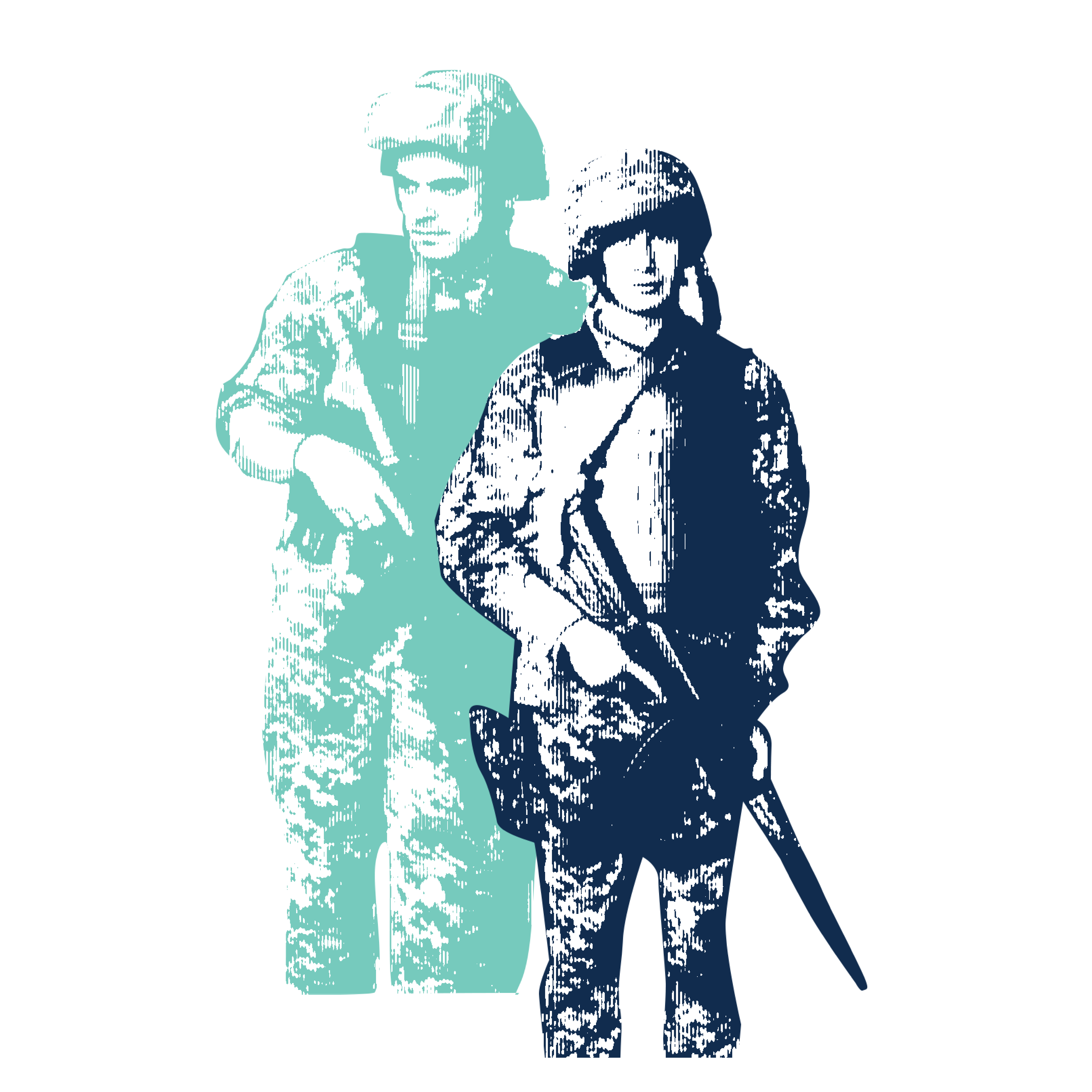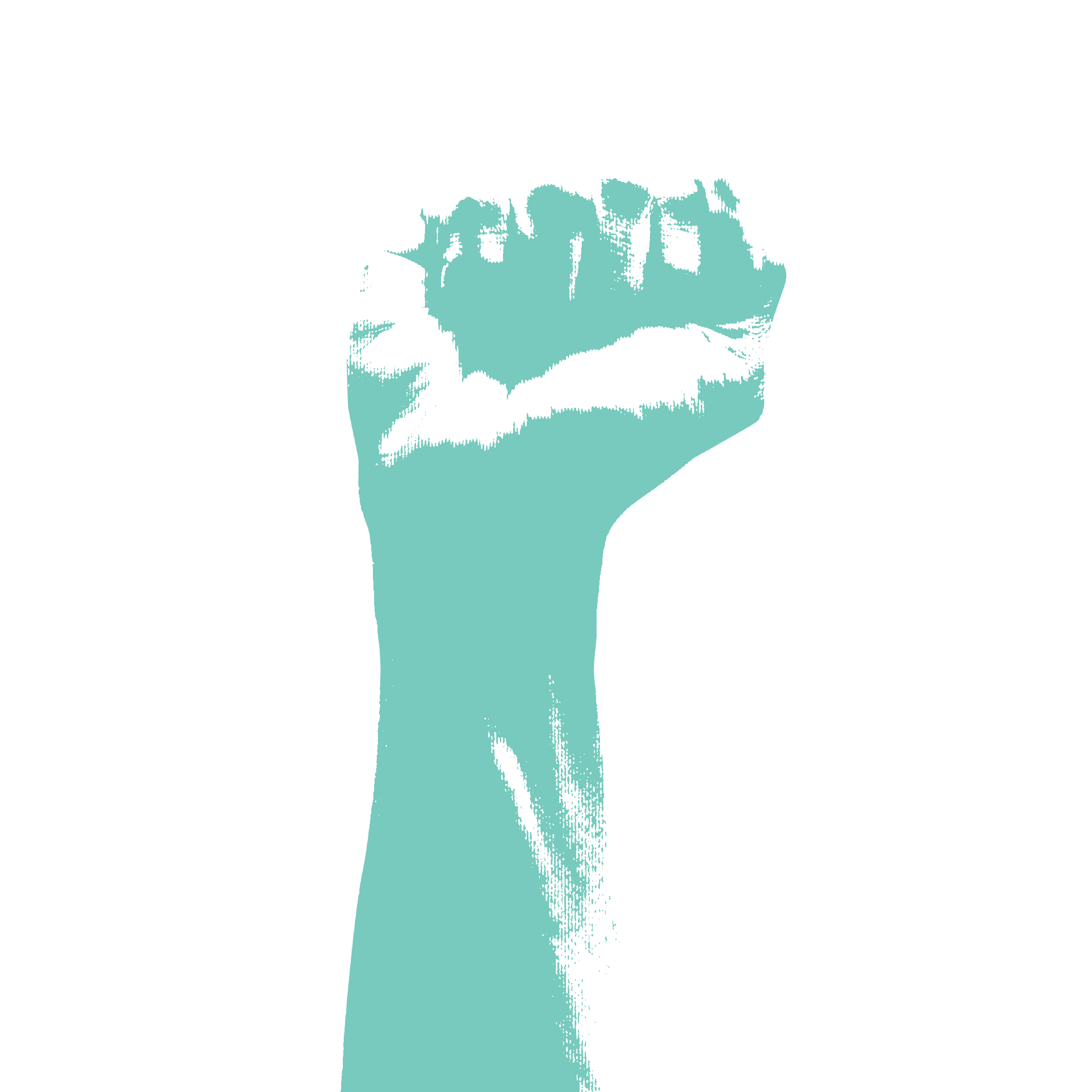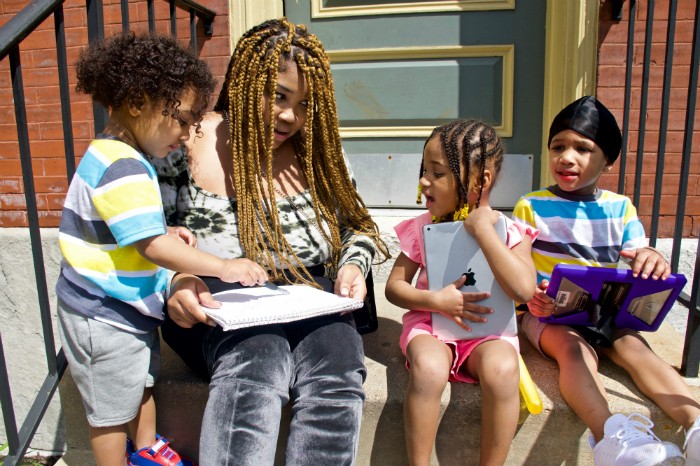
Squinting to read an ingredients label at the grocery store, Courtnesha Rogers breaks down. Tears stream down her face and blur the print. She stands there, sniffling it all back, trying to pull herself together as other shoppers, wary in the time of COVID-19, make a wide detour around her.
Her friend’s death would have been easier to take if it were COVID-19, she thinks. Two days ago, Marcia, a close friend since high school, was in the car with some guy she was probably head over heels in love with. Then, for some reason Rogers is sure had nothing to do with Marcia, bullets strafed the car.
The guy is in critical condition. Marcia is dead.
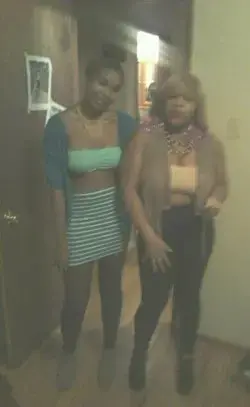
Rogers hasn’t yet told her kids why she keeps crying, or why she’s been pulling up photos of Marcia —always laughing, even when it was wildly inappropriate, and sweet and so, so beautiful.
“More beauty than brains,” Rogers would tease her, when those giggles erupted at the worst possible time. Nobody hated that girl. She never even argued; if she got mad, she was so emotional, she’d just burst into tears.
It’s only been two days, and the shock hasn’t lifted yet. Rogers keeps thinking she could call and Marcia would answer. She’ll reach for her phone to send a text, then feel a rock sink inside her belly, because she knows Marcia isn’t going to text back.
At least she didn’t have kids, so that’s a little less grief to weigh on the world. Rogers pulls her eldest — Angelo, nearly five years old, “the wild wind,” bright with energy — against her hip, then loops her arm around her solemn, reserved little girl, Angele, also four. The baby, Angelino, two, is burbling in his own happy world, oblivious.
She is desperate to keep these kids safe. She thinks of the protesters she’s heard yelling that the police gassed their baby. Why would you take your baby to a protest? The police can’t see a baby in those crowds.
“I’m gonna stay off social media,” she tells me. She’s home now, the groceries unpacked, and we’re speaking by phone. “I’ve spoken my points. I’m with the civilized protesting, but I feel like the rioting is ridiculous. The looting is ridiculous. And me being black, I was just called a coon for saying so.” She has to define it for me; I’ve heard of the word as a white racist’s slur, but now, she says, it’s “a black person that doesn’t like black people.”
Which couldn’t be further from the truth.
“We are protesting for black rights, but in my city, they are vandalizing black-owned stores! And I’m trying to go to the grocery store and they are burning stores. Things are going on downtown because they believe this is where city money is. Just go to the police department! That’s who you’re mad at! Why are all these other businesses put in jeopardy? Just because you have a business does not mean you can afford to have it insured.”
The rioters and looters aren’t all black, she adds. She’s seen other people of color and plenty of Caucasians in that mix, too. “I’ve also seen protests where white people stood with the black people, and that was really cool. And it was peaceful.”
Still, she doesn’t trust blacks and whites can live side by side. “I lived in south St. Louis, and there were a lotta, lotta Mexican people. The Mexicans don’t bother no one. They always knew how to help you do something. But black and white neighborhoods? Maybe not. As we just seen, a black man joggin’ and he gets shot. We can’t do nothing. We can’t jog. This is not ending.”
And meanwhile, she’s lost her friend. “And my community does not organize a protest when there is black-on-black violence. When another black mother is killed in front of her kids. Just two weeks ago, a girl got killed. Why don’t we stand and protest and go crazy against these things, too?” Sure, she knows black people in the community who work to end that sort of violence, too, but their efforts never go this public.
“I say let’s end all the violence,” Rogers says. “Let’s protest for all of this at one time.”
She pauses. “I think we do need the protests, but right now we are acting out of anger instead of just thinking about the situation. We are in our first reaction, and this is not going to change anything.”
We talk about the cities where police officers, even police chiefs, have stood with the protesters. “But our city is not like that,” Rogers says. “And we have a lot of bad undercover cops as well. What I’m trying to do is save every penny I’ve got just to get away. The only place I’d feel safe living here is Ladue or Chesterfield.”
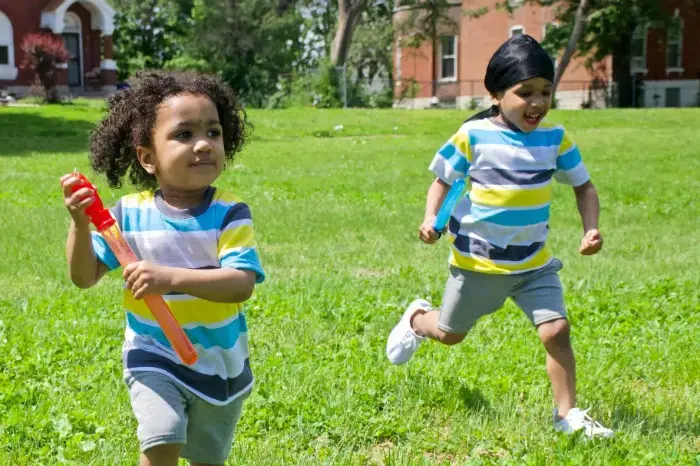
Meanwhile, she’s decided “it’s just best to stay out the way.” President Trump is talking about looting and shooting: “He’s looking at it like a war, and right now he just wants to kill everyone.” Rogers is still keeping close to home, nervous about the city reopening when a pandemic still rages. “Just stay in the house and catch up on whatever you need to catch up on,” she says. “Go learn how to knit a sweater.”
When she learned that her daycare will reopen in July and the St. Louis Public Schools in August, she was both relieved and wary: “If my kids are required to get vaccinated, I’m gonna homeschool them,” she says. (She won't need to worry anytime soon; a COVID-19 vaccine is not expected to materialize by fall.)
But for now she’s in a holding pattern, and the kids miss their friends, and they miss getting out. “Yesterday it was such a nice day,” she says wistfully, “and I tried to take them to the park. They have opened stores, but the parks are still wrapped up with police tape. So we are just staying home.”
Her tone is resigned, but when we talked several weeks ago, Rogers was at her wits’ end with those cooped-up toddlers. “They’re going crazy!” she exclaimed. “They are tired of being in the house, and we are running out of activities. I was like, ‘Hey, guys, you want to walk to the store?’ and they said, ‘Walk? We want to get in the car!’ and I’m like, ‘Well, the car is kind of broken.’”
She’d just bought it, a 2009 Cadillac CTS, spending her entire tax refund. “I wanted to get a reliable car that could get me around and I don’t need to worry about it for four or five years, because I always end up with a car that something is wrong with it.” The kids were overjoyed.
“We walked everywhere in the winter and it’d be real cold, and their heads would be so cold, and I was pushing the stroller through the snow.” The old Caddy gave “joyride” a new definition — they’d clamber inside for any errand.
Then, late one night apparently, the car and a neighbor’s car got hit. When Rogers went outside the next day, her eyes went straight to a raw scratch. Then she saw her neighbor’s car with its headlights knocked out.
“My tire rod is, like, bent in,” she tells me with a sigh. “It’s not even drivable. And the shop, they want $700, and that’s going to be kind of hard for me to afford. Plus I’m trying to move, because some lady moved downstairs and she brought bugs. Roaches! She’s collecting cans and I guess turning them in for cash. I’ve been here a whole year and never seen more than an ant come through the window. Now there’s a really bad smell coming from down there — my kids cover their noses when they go down the steps and say, ‘Mom, it stinks so bad!’”
Rogers packed up her whole home in boxes, because it had to get bombed — and because she just might move. Her lease was up in a few weeks, and if this was going to be an ongoing problem … But then her car had to go to the shop, so she couldn’t get to the apartments she wanted to see. The bus just doesn’t go everywhere, and no way is she going to rent a place sight unseen. She did that once, and it was a disaster.
She’d meant to use this time to try to get back on Medicaid, so she could stop paying hundreds of dollars for Angelino’s asthma medicine. And she was supposed to be starting college online. But between the pandemic, the car, the bills, the roaches, three stir-crazy children, and the apartment hunting, everything else is slipping away.
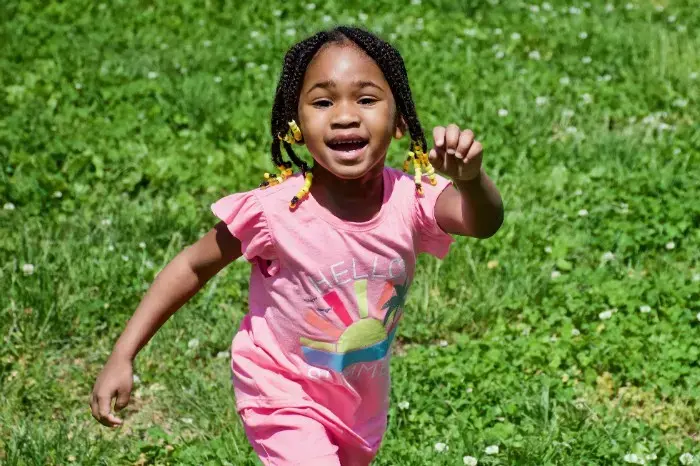
We talked again the following week, on May 14. “I’m OK,” she says, “just really tired.” I can hear it in her voice, which is usually bubbly and animated. Today there’s an anchor weighing each word. “The kids have been up all night. I have no idea how they have that energy! I’m going to have to switch out their diet or something, because it’s just—” She breaks off to say firmly to the kids, “OK, we are not fighting. We cannot hit each other. We need to pick up all the toys, please.” She returns to the phone. “Everybody’s sleep schedule is off. I try to take a nap but …” Anybody with little kids knows how that goes. “And they miss their friends.”
She misses hers, too, but kicking back for a long chat would be a luxury. “My friends call, and it’s hard to explain that I really can’t talk now. They feel like, ‘Everything’s closed, so why can’t you talk?’ I don’t want them to feel like I’m abandoning them, but sometimes I don’t even have time to talk to myself. I don’t even have time to find myself.”
When I ask about the car, her mood lifts instantly. “It’s fixed! And I was going to move, but I don’t know now. My leasing office had the other woman’s place exterminated, too, so for the past week, I haven’t seen any bugs. It’s been back to normal. So I’m debating if I’m going to unpack. I have two weeks before I’m stuck in my lease for another year.”
She’s matter-of-fact about it, but then her voice tightens: “A situation happened yesterday right down the street. A 7-year-old boy was shot, and a 12-year-old was also shot. The kids were burglarizing a home. I guess the homeowner was rehabbing and he heard some things in the back. I don’t know if he panicked or didn’t know. The kids were not killed, they were injured. A lot of people are mad at the homeowner. But living around here, I know that the kids are very hard to handle.”
This, it turns out, is the deeper reason she wants to move. “But I kind of feel like I’m just stuck right now. That just looks like the plan of me being stuck.”
She did manage to get through by phone to try to reinstate her Medicaid coverage, though; she’s waiting to hear back about the next step. “And I cooked a good meal for Mother’s Day,” she says, “Italian chicken and green beans and sweet potatoes.” Food is one of the few solaces these days. Angelo’s fifth birthday is coming up, so she’s going to “barbecue and get him a really nice cake,” not take him out anywhere.
“I’m hearing the schools might open in August,” she says, “but I don’t really feel it’s safe. They used to come home with colds so easily. When they are at home they are way more healthy.” On the other hand, she adds, “I am halfway from being crazy. I’m used to them being in school the whole day, and this is taking me back to newborn days. I wasn’t ready for that!” It would be different if they could go out and play, “but I’m more afraid of the children in this neighborhood than the adults. They just carry so much violence within themselves.”
She’s thought about why: “The parents aren’t in tune with them. Some of the families are on drugs, and others are working a lot and can’t keep things stable. A lot of the kids turn to the streets for love. I don’t allow my kids to play with other kids in the neighborhood or go outside without me. Kids will come and say, ‘Can they come out?’ and I’ll say, ‘Oh, maybe later.’ Because these are the same kids I see running up and down the streets cursin’ and fighting.”
She is still thinking about moving. “Just moving up in life in general,” she adds, “finding more income and getting it together.” Moving is a metaphor as well as a goal. “I just don’t want to live this life too much longer.”
I ask how she thinks her life might be different if she’d grown up white. “I think I would get through the door easily,” she says. “Being black already comes with a name, ‘ghetto.’ Unintelligent. If I were a white woman with three kids, I don’t think I’d get a backlash. A black person is just automatically a stereotype. No one wants to sell you a house. Black people get turned down for anything.”
And sometimes they get shot for no good reason. Or they get hurt protesting somebody else getting shot. Or they get sick. “If you’re not staying inside right now, I don’t know what to tell you,” Rogers says. “I’m scared to be in the house, even. You can’t call the police, because they’re so busy they can’t even come and help you.
“If you make it through all this, you are blessed.”
COVID-19 Update: The connection between local and global issues–the Pulitzer Center's long standing mantra–has, sadly, never been more evident. We are uniquely positioned to serve the journalists, news media organizations, schools and universities we partner with by continuing to advance our core mission: enabling great journalism and education about underreported and systemic issues that resonate now–and continue to have relevance in times ahead. We believe that this is a moment for decisive action. Learn more about the steps we are taking.


